Historical Background:
In 1840, the dagger was adopted for the armament of officers of cavalry and artillery units of the Black Sea Cossack Troops. At the end of the XIX-beginning of the XX century it was also used in the Caucasian Cossack troops along with arbitrary daggers.
In 1860-1862 a Hanoverian citizen Tanner supplied several thousand daggers with black horned handles to the Caucasian Linear and Black Sea Cossack troops. They underwent minor modifications and were used in the troops even in the 1870s.
In 1861 daggers for the lower ranks of the Imperial convoy were ordered from the Tiflis master Solomon Kagarov. The distinctive features of these daggers were: double bone hilt (the outer side made of white bone, the inner side of black horn), as well as red morocco on the inner side of the scabbard, which had a hole for a small knife.
In 1877 and 1879 at the Zlatoust arms factory 6000 daggers with horn and wooden handles were made for the Kuban Cossack army according to the model developed in 1876 by the commission under the chairmanship of General Perepelovsky. In 1882 a special commission of the Kuban army proposed a new model of dagger, which had slightly smaller dimensions. The size of the letters “K. K. V.”, which were obligatory to be inscribed on the blades, was set in three lines (7.62 mm). In the future, the pattern of the dagger was modified simultaneously with the checker.
Learn more information in the article Rare Russian knives and daggers of the Cossack army.
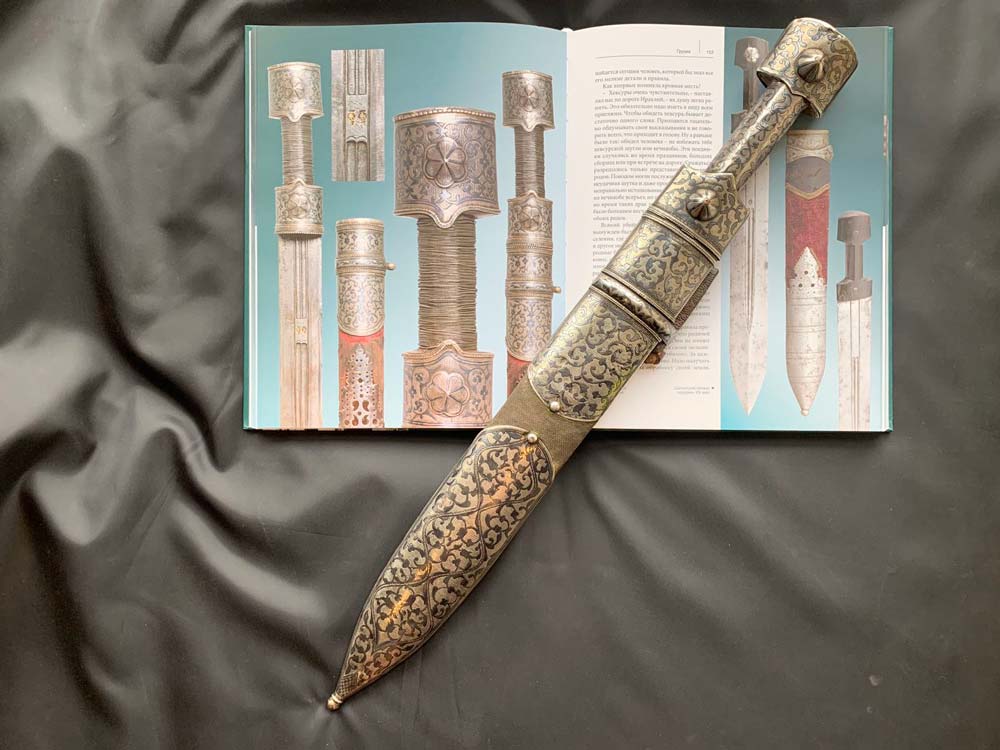
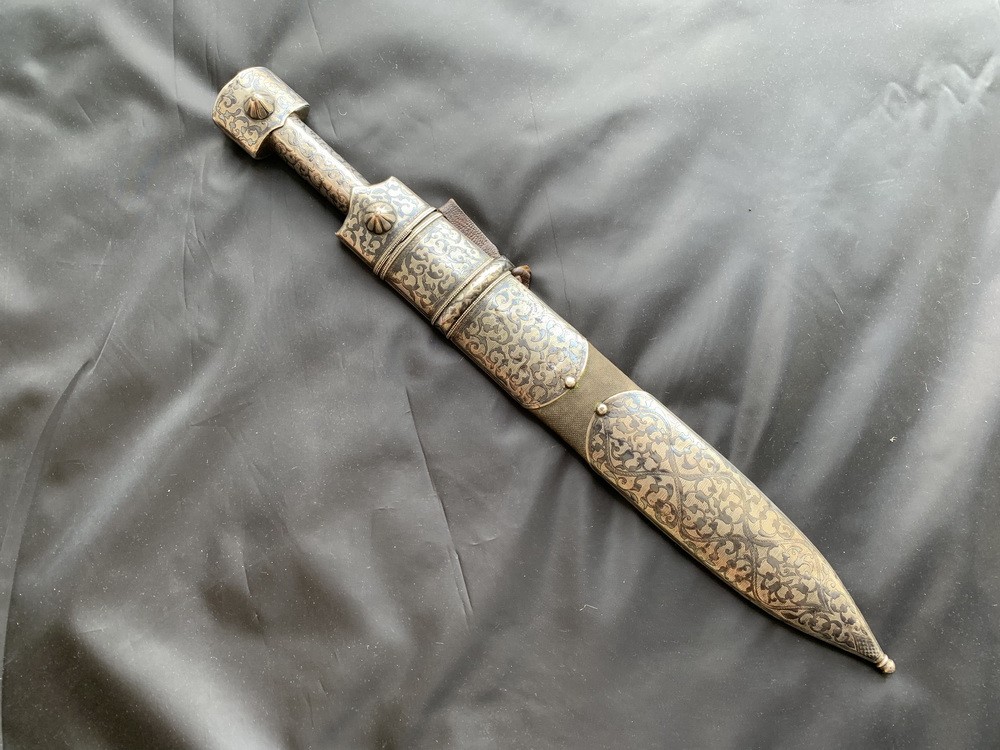
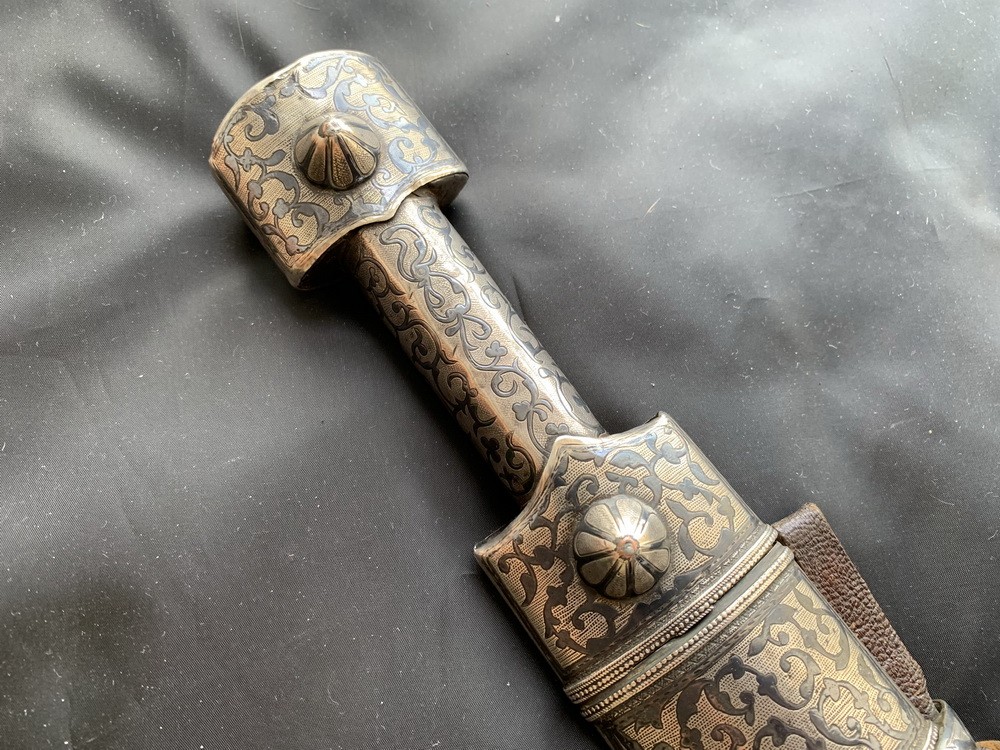












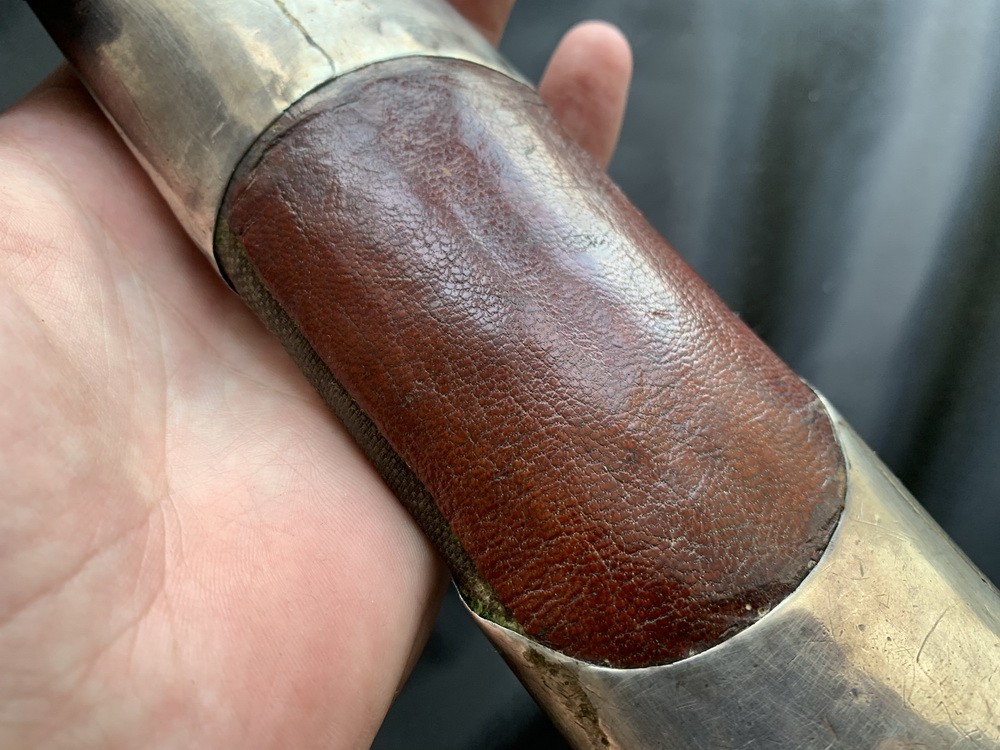
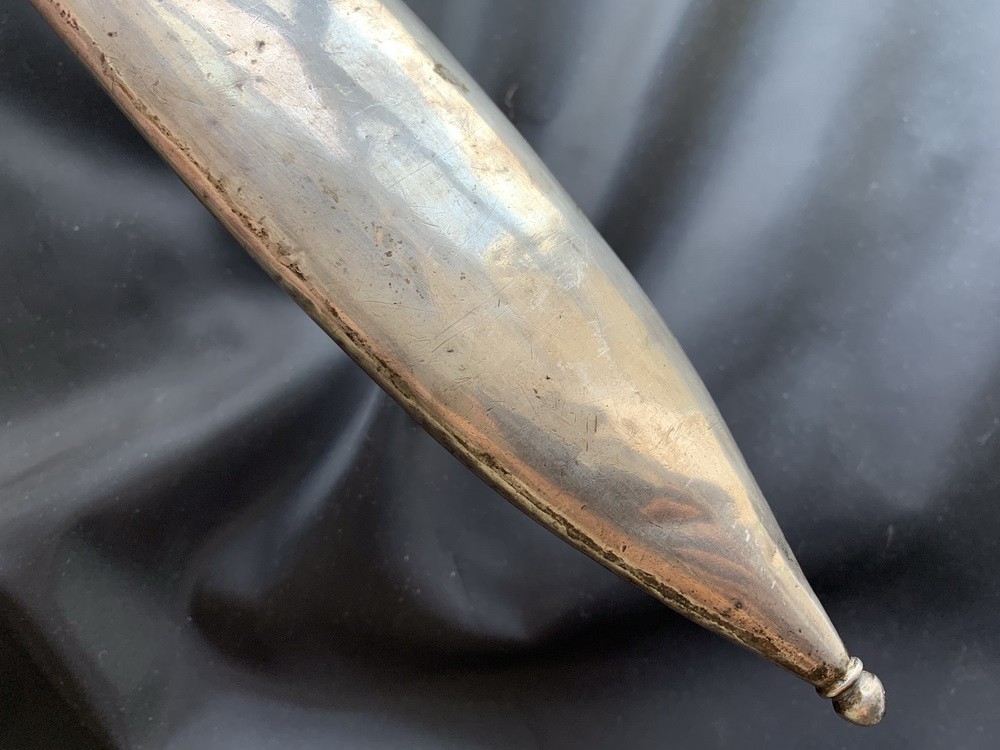











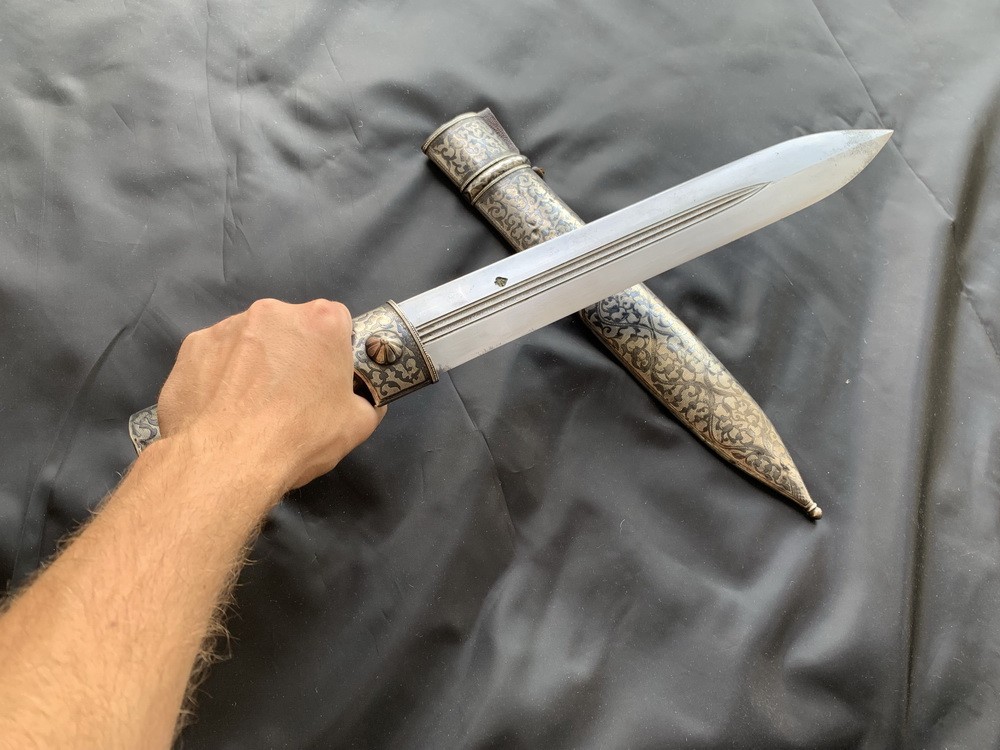

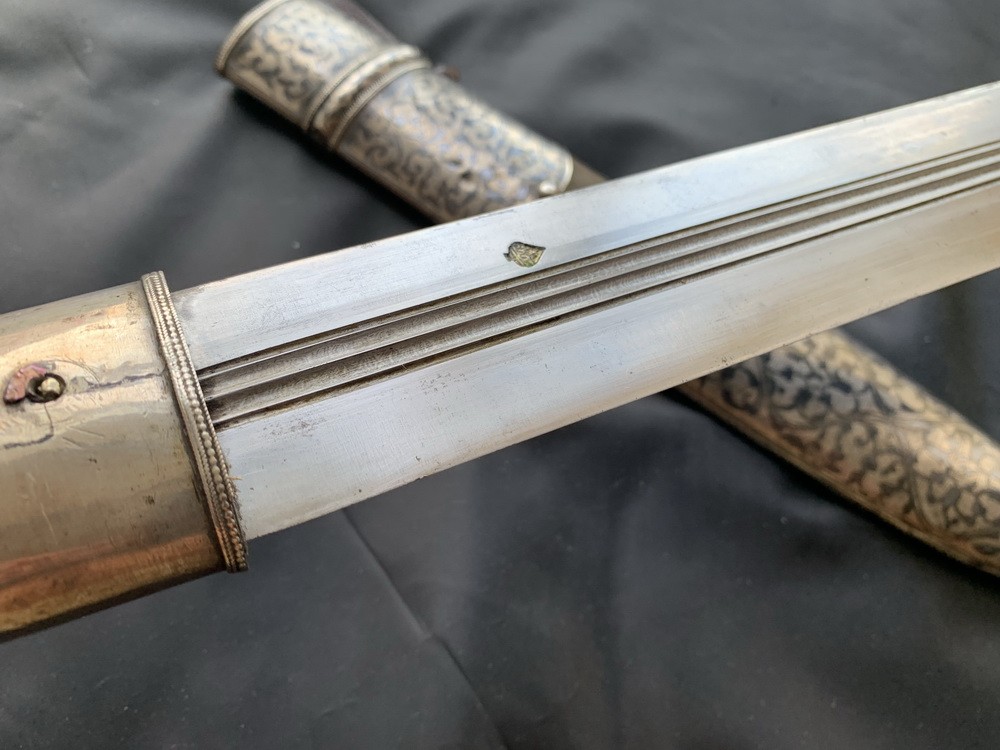


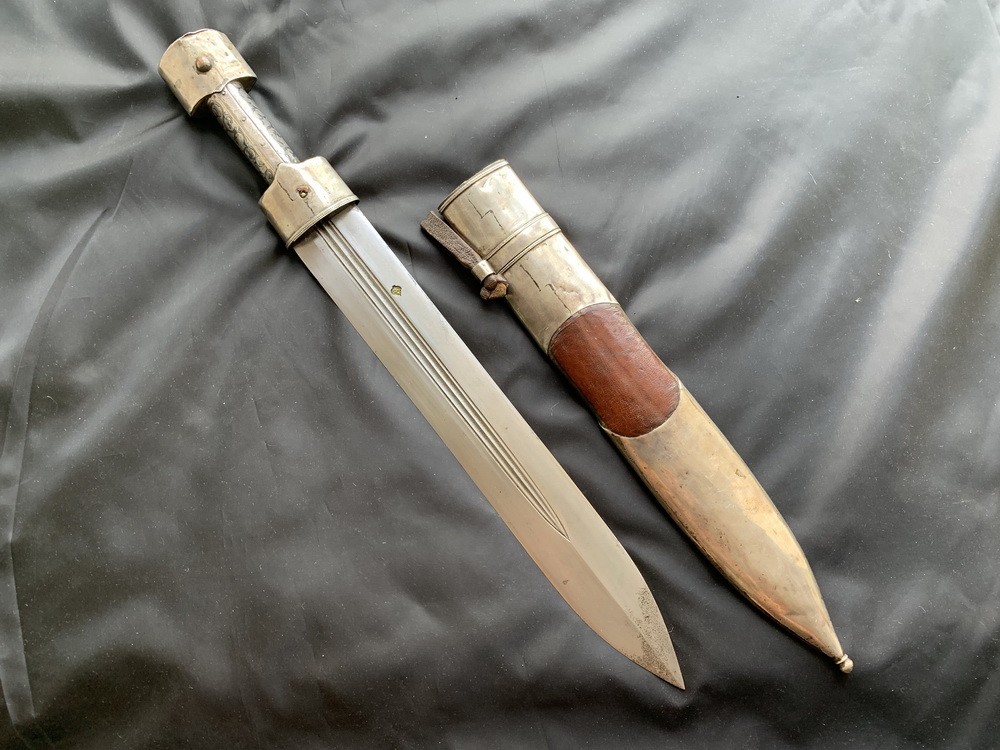


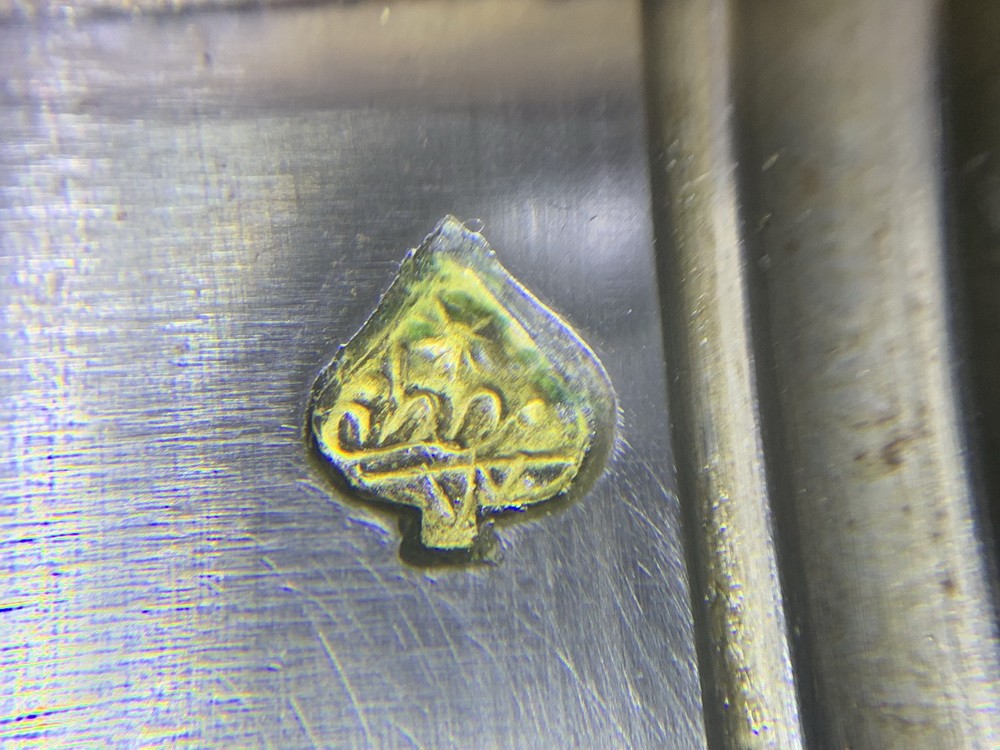

Officer’s dagger of the Black Sea Cossack Troops of 1840 sample

Description:
For sale is an officer’s dagger of the Black Sea Cossack Army of 1840.
The hilt consists only of the hilt. The hilt is silver, shaped, narrow in the middle part, its outer side is decorated with a beautiful ornament with elements of niello.
The blade is steel, straight, double-bladed with two wide and two narrow lobes. The lobes are decorated with damascening. On the outer side of the blade closer to the heel there is a stamp of the master who made the blade (Master Mustafa).
The scabbard is wooden, covered with dense fabric and leather. The silver device consists of a mouth and a tip with a ball, decorated with ornamentation on the outer side. To the mouth is soldered a bracket with a ring for a strap, on which the dagger was suspended from the belt.
This dagger was made by an Adjaro-Gurian or Shapsugi (Circassia) master for a Cheka military officer, which is confirmed by the ornamentation on the hilt and scabbard.
Historical Background:
In 1840, the dagger was adopted for the armament of officers of cavalry and artillery units of the Black Sea Cossack Troops. At the end of the XIX-beginning of the XX century it was also used in the Caucasian Cossack troops along with arbitrary daggers.
In 1860-1862 a Hanoverian citizen Tanner supplied several thousand daggers with black horned handles to the Caucasian Linear and Black Sea Cossack troops. They underwent minor modifications and were used in the troops even in the 1870s.
In 1861 daggers for the lower ranks of the Imperial convoy were ordered from the Tiflis master Solomon Kagarov. The distinctive features of these daggers were: double bone hilt (the outer side made of white bone, the inner side of black horn), as well as red morocco on the inner side of the scabbard, which had a hole for a small knife.
In 1877 and 1879 at the Zlatoust arms factory 6000 daggers with horn and wooden handles were made for the Kuban Cossack army according to the model developed in 1876 by the commission under the chairmanship of General Perepelovsky. In 1882 a special commission of the Kuban army proposed a new model of dagger, which had slightly smaller dimensions. The size of the letters “K. K. V.”, which were obligatory to be inscribed on the blades, was set in three lines (7.62 mm). In the future, the pattern of the dagger was modified simultaneously with the checker.
Learn more information in the article Rare Russian knives and daggers of the Cossack army.











































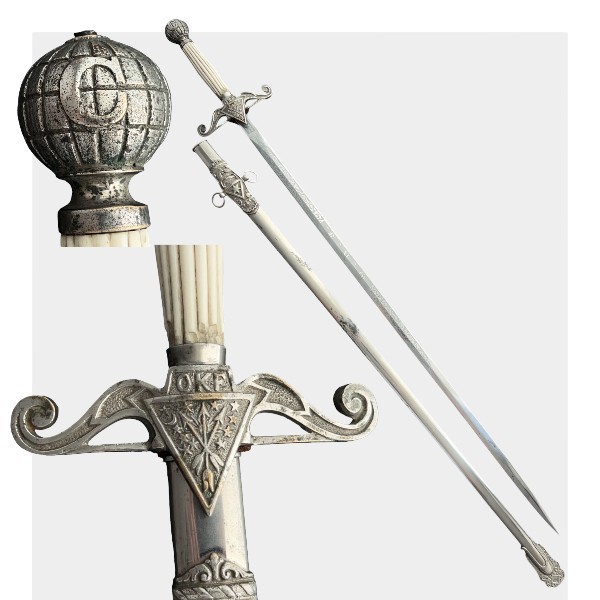
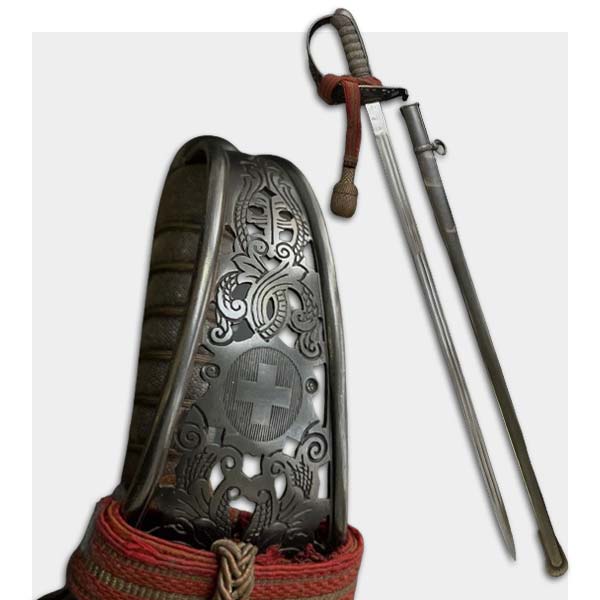

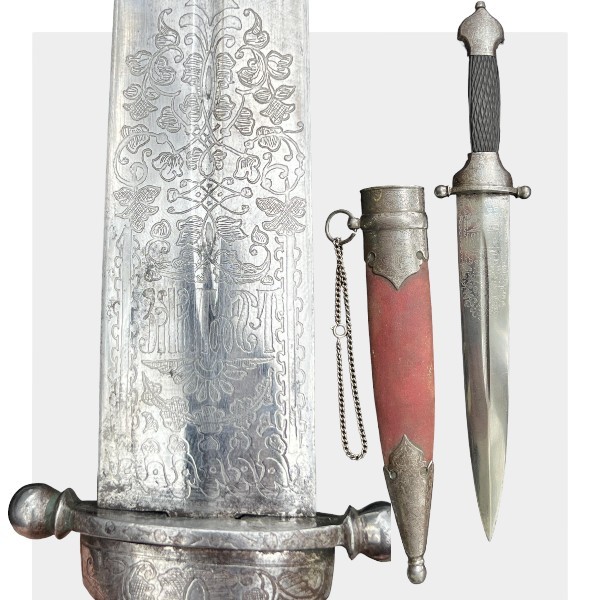



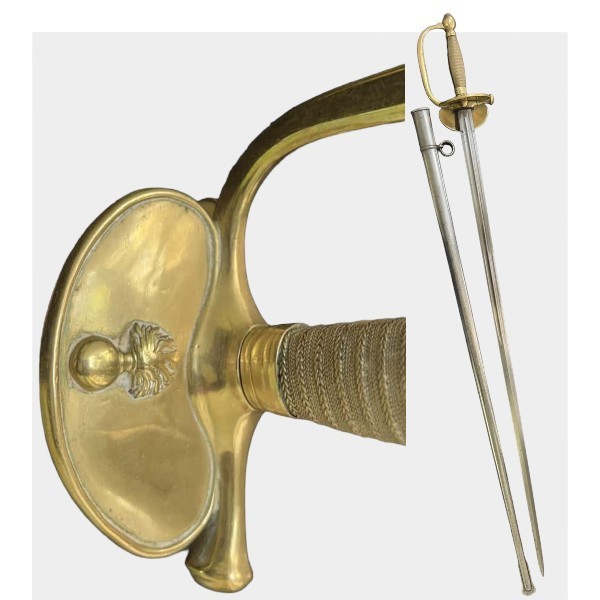

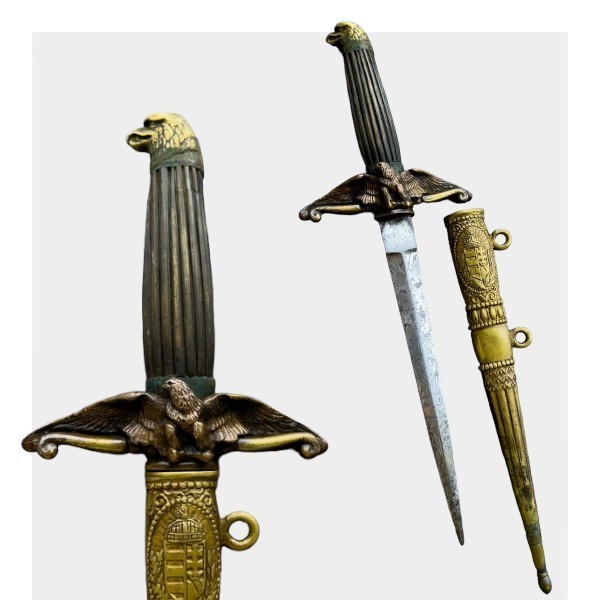
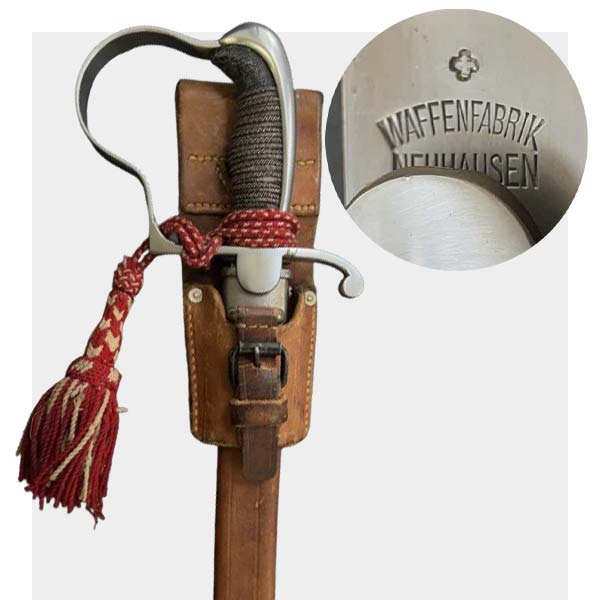
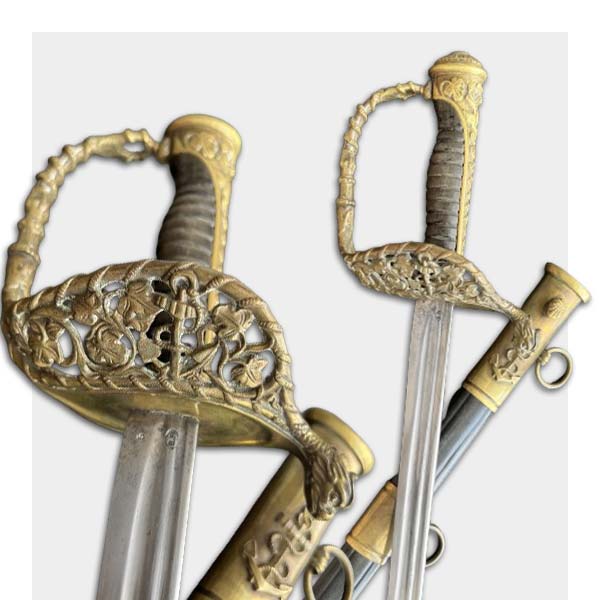
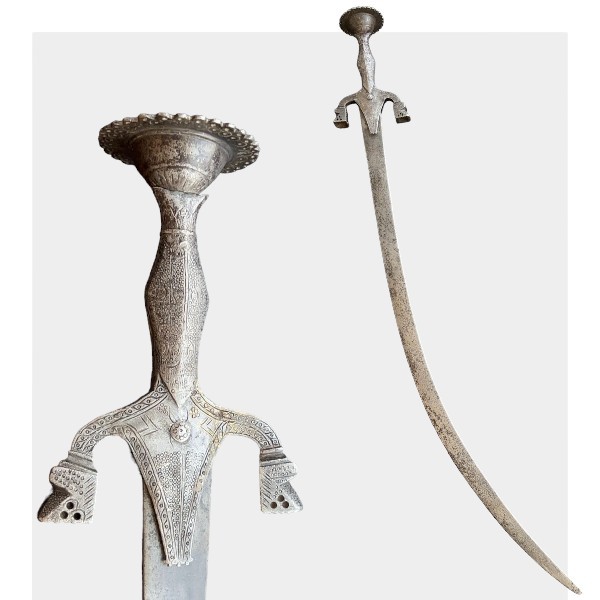
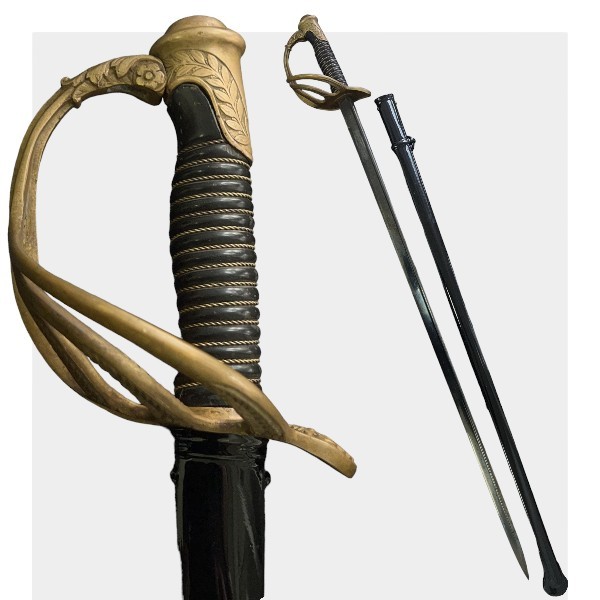
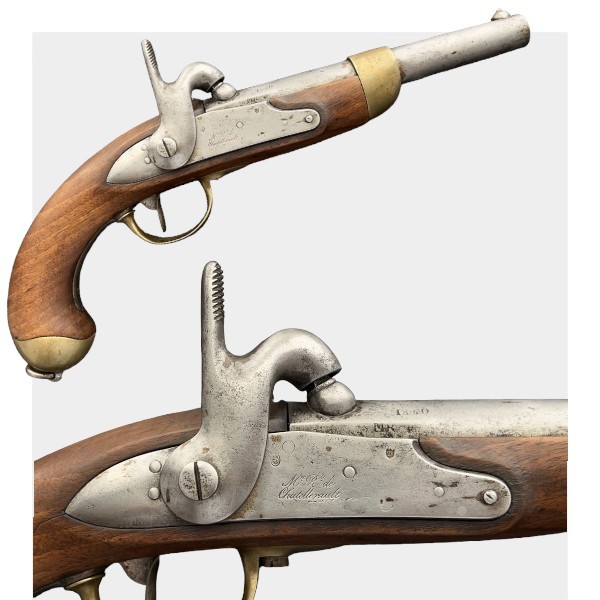
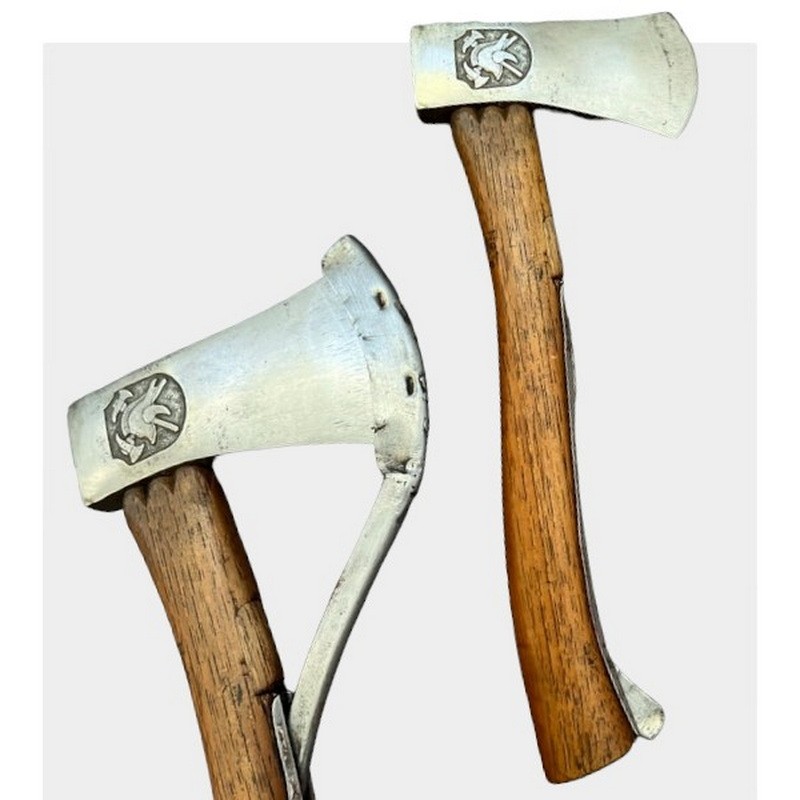


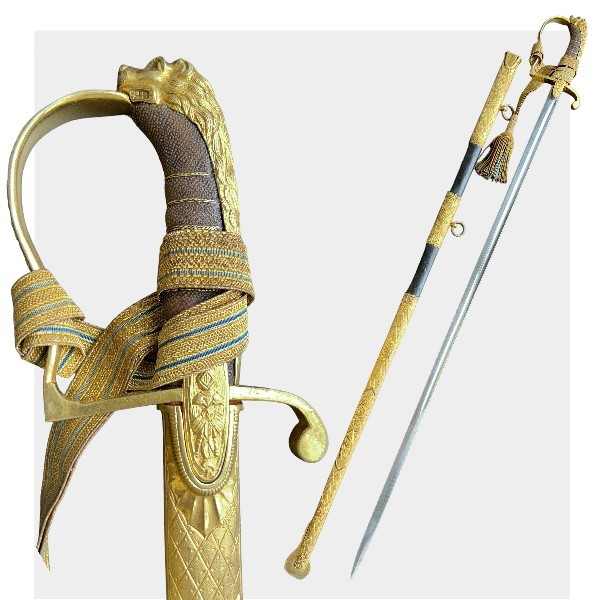


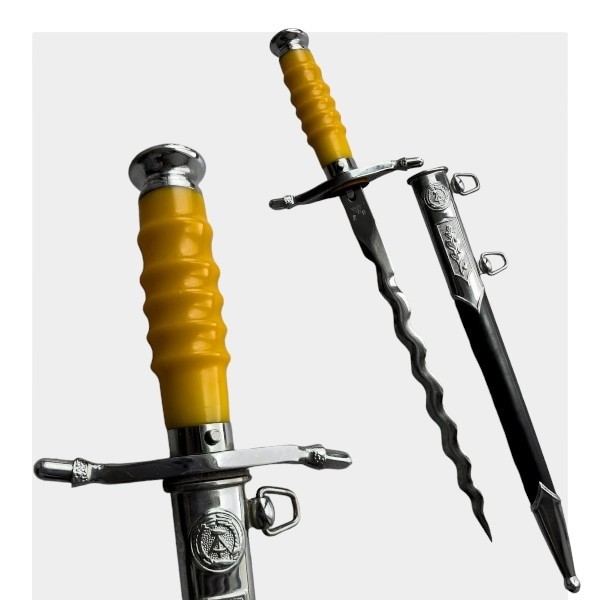
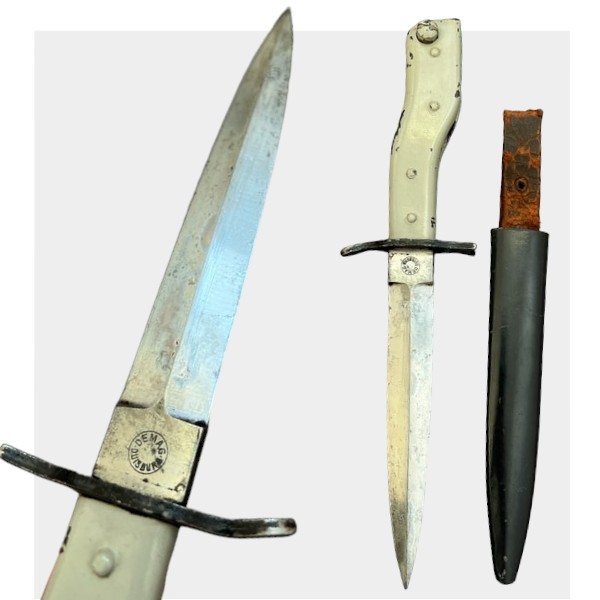
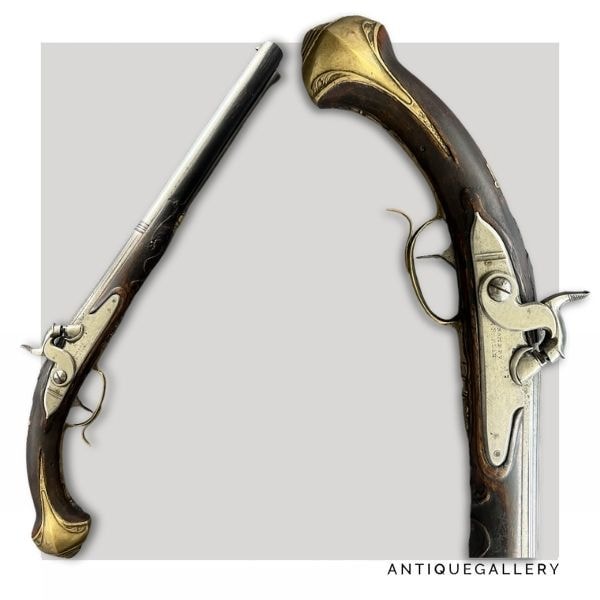




There are no reviews yet.